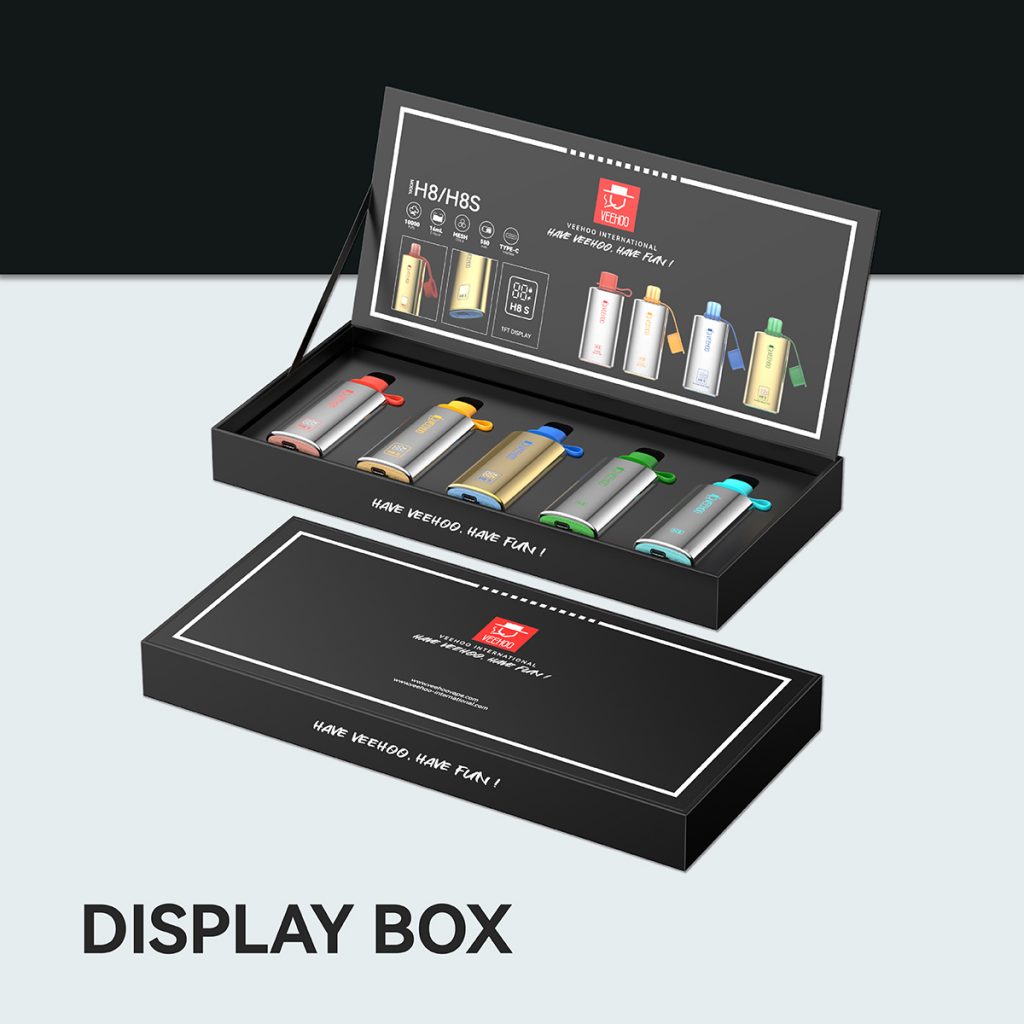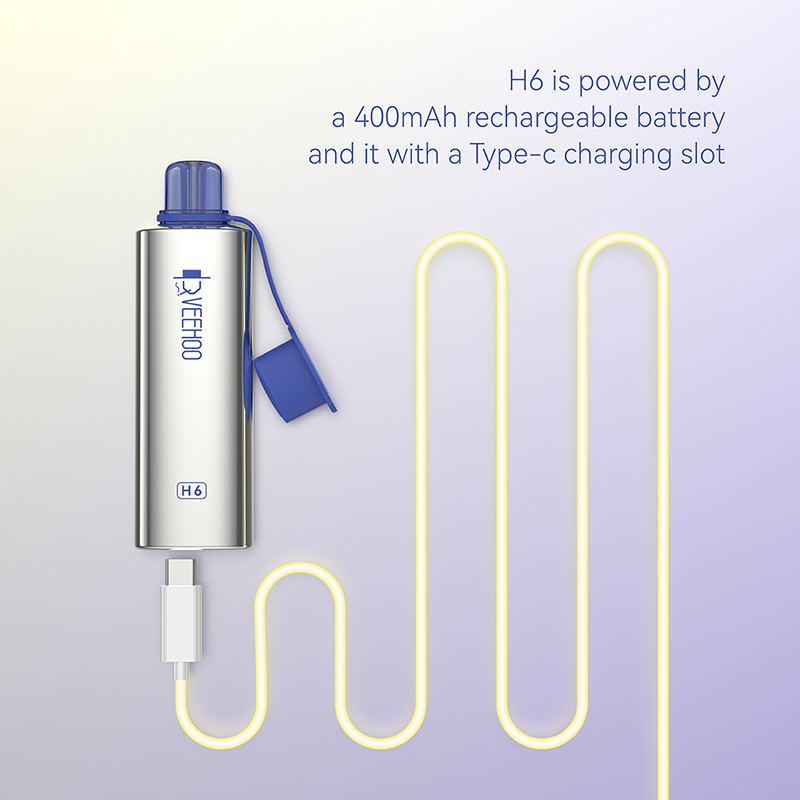Table of contents:
1. What is a heating wire and what is its function?
2. What type of heating wire component?
3. What is the resistance of the heating wire?
4. About single shot and double shot.
5. What is a pressure regulating wire and what is a temperature control wire?
6. Commonly used silk making methods.
7. Commonly used threading methods.
9. What’s the matter with carbon deposits on the heating wire?
1. What is a heating wire and what is its function?
The heating wire is one of the core components of vapes. Its core function is to heat and effectively atomize e-liquid. The basic principle is that the battery supplies power to the heating wire component. The resistance wire heats up the e-liquid and its dissolved substances around the resistance wire. Volatilizes to form smoke, allowing smokers to achieve the effect of puffing up smoke.

2. What type of heating wire component?
- Riveted heating wire components: mainly used in various small cigarettes, one-piece cigarettes, and tank atomizers.
- Butt welding heating wire components: mainly used in various small cigarettes, one-piece cigarettes, tank atomizers, etc.
- Simple winding heating wire assembly: widely used in various flat cigarette POD atomizers.
- Spring coil (Nautilus heating wire) component: mostly used in high-power vapes, and also favored by DIY users.
- Ceramic core heating wire assembly: can be used in small atomizers, tank atomizers, box atomizers, etc.
- Heating piece heating components: Stainless steel heating piece: mostly used in high-power vapes, thick film resistance heating piece: mostly used in baking cigarettes.
3. What is the resistance of the heating wire?
The resistance of the heating wire largely determines the size and taste of the smoke. Use low-resistance heating wires to pursue large smoke, and use high-resistance heating wires to pursue taste restoration.
When the length of the heating wire is the same, the thicker the heating wire, the smaller the resistance; when the thickness of the heating wire is the same, the shorter the heating wire, the smaller the resistance. Generally speaking, the heating wire resistance value between 0.2-1.0 is a large smoke type, and the resistance value greater than 1.0 is a taste type.
4. About single shot and double shot.
Usually when making heating wires, because the amount of smoke produced by a single heating wire cannot meet the player’s needs, two or more sets of heating wire coils can be installed in the same atomizer. Usually the quantity is an integral multiple of 2. For example, 2 rounds, 4 rounds, and 8 rounds are mainly for more accurate calculation of resistance.
5. What is a pressure regulating wire and what is a temperature control wire?
Some electronic poles/boxes include power modes and temperature control modes. What most people call the voltage regulation mode now is actually the power mode, which determines the power used based on the resistance of the core. If the power is too high, the core will become mushy. The temperature control mode uses the unheated temperature control wire. The resistance value is used as a base number. When the temperature control wire is heated, the resistance will change with the temperature. The chip of the electronic rod determines the current temperature based on the size of the resistance, thereby controlling the temperature within your preset temperature range. The temperature control mode will bring you the most stable taste and taste, which is deeply loved by taste users.
A1 Kangsi is the most commonly used pressure regulating wire. Ti titanium wire, Ni200 nickel wire and stainless steel wire are all mainstream temperature control wires, among which Ti titanium wire and stainless steel wire can also be used on the voltage regulating box.

6. Commonly used silk making methods.
& Close winding: Close winding is a wire winding method that arranges the heating wires closely. Burn the red coil and clamp it to make it tightly wound. Usually power type heating wire is used. (A1 wire, titanium wire, stainless steel wire)
- Advantages: intensive heat generation, concentrated taste, and easy operation.
- Disadvantages: Because the heat is relatively dense, the cotton will be burned if the heat is concentrated at one point. Usually the core of the paste core is basically a densely wound core. It can be improved by increasing the ring diameter. It is recommended to use a ring diameter of 2.5mm or more.
- Tips for winding: Novices may experience unevenness during initial production. Don’t worry too much. You can install it on the atomizer, heat it up, then cut off the power, and then clamp it with tweezers for shaping.
& Loose winding: Wrap the heating wire evenly around the wire winding rod, with a certain spacing between each wire, and the spacing is basically equal to the diameter of the wire. This method is mostly used for (nickel wire, titanium wire, stainless steel wire).
- Advantages: It heats evenly and will not burn the core easily. Suitable for temperature control or large smoke types. The large smoke can be easily smoked continuously without blurring.
- Disadvantages: Virgo’s Achilles’ heel, you don’t actually need to worry about whether the spacing is even, because the effects are the same. In power mode, excessive power may cause oil frying.
- Tips for winding: Adjust the spacing of the wires appropriately. Don’t be too strict to ensure that the gap between each wire is consistent, as long as no two wires touch each other.
& Twisted wire: Two wires of different thicknesses or the same thickness are entangled with each other to make the two wires completely together. It can make up for the problem that the single wire resistance is too high and the smoke is not ideal. At the same time, it also allows the e-liquid to fully contact the heating wire.
- Advantages: Balanced resistance, effectively prevents oil frying under appropriate power conditions.
- Disadvantages: Too troublesome to do and often pricks your hands.
- Tips for winding: If you don’t have power tools, please fix one section, for example, step on it with your feet, and then rotate one end. Pay attention to the straightening process, otherwise the final silk effect will be very poor. If you have an electric drill, you can use electric tools to save effort! Be careful not to get stuck by the thread!
&Double hair with the same wire: Use the same heating wire to make two coils, usually used in the base of a 3-column atomizer.
- Advantages: It can significantly improve the problem of heating out of synchronization when novices do double hair.
- Disadvantages: Good logical thinking is required, otherwise it is easy to go in the wrong direction.
- Tips for winding: You can find a piece of paper and draw a picture with one stroke, draw the shape you want, and then wind it. Consider the length of the middle part. If it is too long and needs to be trimmed, it will make no sense. The middle part can be machined last.
& Double wire winding: Use two heating wires to wind the wire at the same center of the circle – almost equivalent to double hair.
- Advantages: Used on atomizers that are not suitable for dual-shot atomizers, it can effectively increase the amount of smoke.
- Disadvantage: Because the overall length of the wound wire loop is long, there will be a problem of poor oil supply.

7. Commonly used threading methods.
- Horizontal silk threading method: This silk threading method is basically the most commonly used method at present, and there is no other way. You can highlight the characteristics of the atomizer, with a violent taste or a soft taste. It can also be regarded as a way to test the taste of the atomizer.
- Vertical threading method: Generally speaking, vertical threading is to improve the taste. The smoke is concentrated to one point during the evaporation process, which more obviously highlights the characteristics of the e-liquid. It is suitable for various atomizers with poor taste. . During the threading process, pay attention to whether the heating wire is short-circuited. Because the operation is complicated, it is recommended that novices burn the wire after threading to check whether there is a short-circuit.
- Double-screw horizontal wire threading method: This is no different from horizontal wire threading, it’s just multiple screws.
- Horizontal double-hair wire-feeding method: Double-hair wire-feeding method. It should be noted that for double hair, it is necessary to confirm that the two sets of heating wires must light up at the same time after power is supplied for better performance. So make sure the lengths of the pins at both ends are the same.
8. Burning silk:
Wire burning refers to the process of power-on inspection after the heating wire is successfully installed. This process includes checking whether the heating wire heats evenly or is short-circuited. Adjustments can be made in time to avoid not achieving the expected results after the cotton is applied. Burning wire can better remove excess rust and impurities attached to the wire produced during processing. Oxidizing the surface of the heating wire is of great help to the taste and slowing down carbon deposits. It is also a good way to avoid the smell of rust. method.
Regarding wire burning, remember the following principles: power type heating wire needs to be burned, temperature control does not!
In addition, be sure to make sure that the heating wire lights up (red) evenly from the middle to both sides. If not, there are two ways to adjust it.
- 1. Use ceramic tweezers (made of non-short-circuiting material). After all the heating wires turn red, cut off the power! Clamp the entire heating wire coil from both sides and let go after the heating wire cools down. Turn on the power again and check, and repeat until the heating wire lights up (red) evenly from the center to both sides.
- 2. After the heating wire has cooled, insert the wire winding rod, lift the heating wire up or press down to tighten the heating wire, and re-burn the wire until it lights up (red) evenly from the center to both sides.
Note: During the wire burning process, the resistance will jump slightly, which is normal. Wire burning is also a step in stabilizing the resistance.
9. What’s the matter with carbon deposits on the heating wire?
Coke is a black substance attached to the heating wire produced after high-temperature combustion. It is a normal phenomenon. Excessive carbon deposits will affect the taste, so the heating wire must be replaced frequently. If you find carbon deposits, it is also a sign to replace the heating wire.
Tags: vape structure,vape heating wire,What kind of wire is used in Vapes,What is the best wire for a vape temperature control